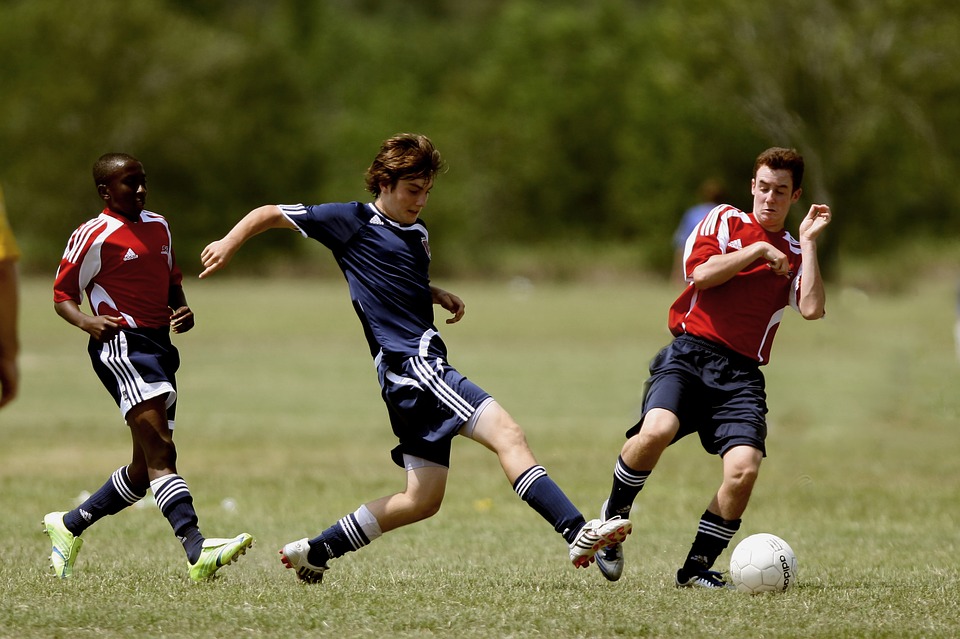Encyclopedia
-

Analysis
—
by
What is analysis? Many people analyse football matches. They do that for many different reasons. If you write a football analysis for entertainment than anything you write goes. But if you write to explain football or even better yet, a pro football club is using your analyses for match preparation or training programs to improve…
-

Associative learning
—
by
Associative learning is one of the three ways the brain learns. The other two ways are: imprinting and instrumental learning. Associative learning has been discovered and made famous by Pavlov. For that reason it is also called Pavlovian learning. With associative learning the brain creates a probabilistic relationship between two sense impressions. Associative learning is…
-

Average
—
by
Averages are used a lot in football. Yet, an average lacks a lot of context. A player who scores an average of one goal per match, could have gotten that average by scoring ten goals in the first match (against an easy opponent) and then not scored at all for the next nine matches. So…
-

Basic principles
—
by
Let’s look at ten basic principles of football and see how they connect with complexity. Here I use the term complexity as it is used in information theory and cybernetics. A cybernetic system has a higher complexity when there is more variation. With less variation there is less complexity. Variation is a measure for the…
-

Bayesian brain
—
by
Our brain is a Bayesian biocomputer that foresees the future. Or to put it more precisely: the workings of our brain can best be described with Bayesian statistics. That is why philosophers, psychiatrists and neuroscientists now talk about the Bayesian brain. At the lowest level the workings of brain cells can best be described with…
-

Behavior
—
by
In football it is very important to pay attention to actual behavior rather than cognitivist constructs. Behavior can be distinguished between internal and external behavior. To check to see whether something is external behavior there is the MARCO acronym: M stands for measurable. External behavior can be counted. Passing is external behavior as it can…
-

Bias
—
by
Everyone is biased. There are explicit biases and implicit biases. Explicit biases are at least recognized by the people surrounding you and if you are honest with yourself also by you. Implicit biases are unconscious and, by definition, cannot be known. Though there are tests that will show you how your implicit biases influences your…
-

Cause
—
by
If a team loses it is only natural to look for the cause of the defeat. But cause and effect do not really exist. They are abstract concepts that need a justification to be used. In football no such justification can be found. Instead in football we have to work with the probability of a…
-

Communication
—
by
There are two modes of communication (Skinner, Verbal Behavior 1957). Either you communicate to clarify or you communicate to influence. The basic principle of communicating to clarify is to be as specific as possible. To clarify, you need to make sure that you do not delete, distort or generalize relevant details. Because clarification entails a…
-

Complexity
—
by
Complexity is a measure of how much variation there is in a system. Variation is a measure of how many variables there are and how many different values these variables can have. The more variables you have, especially when many of these variables can have many different values, the more complex the system is. A…